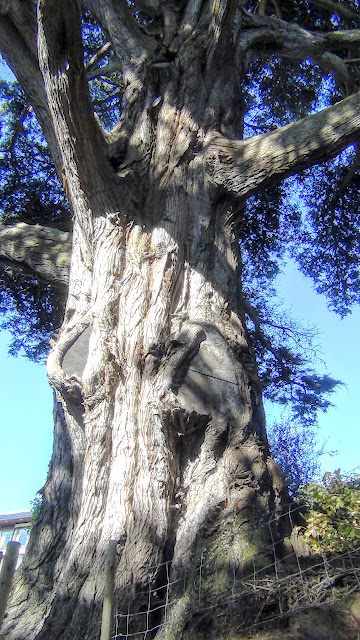My theme this year is wild flowers. Most of us will be aware of the flowers that grow in our gardens but what surprises me is how few wild flowers that I know.
I pass them every day but rarely look at them. Well this year will be different - even if many of them may fall under the letter 'X' for unknown.
'Z - Zenobia
I wasn't sure whether I now suffer from xenophobia or hadn't practised zen enough until this hairless (at least I can match that) American shrub turned up. I though my challenge had fallen at the last hurdle.
I pass them every day but rarely look at them. Well this year will be different - even if many of them may fall under the letter 'X' for unknown.
'Z - Zenobia
I wasn't sure whether I now suffer from xenophobia or hadn't practised zen enough until this hairless (at least I can match that) American shrub turned up. I though my challenge had fallen at the last hurdle.
 |
| Zenobia pulverulenta |
The foliage has a waxy coating, with leaves that are elliptical or egg-shaped. The bell-shaped white flowers each produce up to 200 egg-shaped seeds.
Completing the A-Z Challenge for another year gives us great satisfaction even if at some time or other we may have felt like Sisyphus continuing to push his rock up the hill.
However I discovered there are a series of spiny shrubs under the name Zizipus but I think I will end in India and China where an evergreen tree grows.
 |
| Zizipus mauritiana |
Attributions:
- Zenobia pulverulenta; 12 June 2006, US Department of Agriculture, public domain
- Zizipus mauritiana, 13 January 2015, Jodphur - India, by Yercaud-elango, CC BY-SA 4.0












































